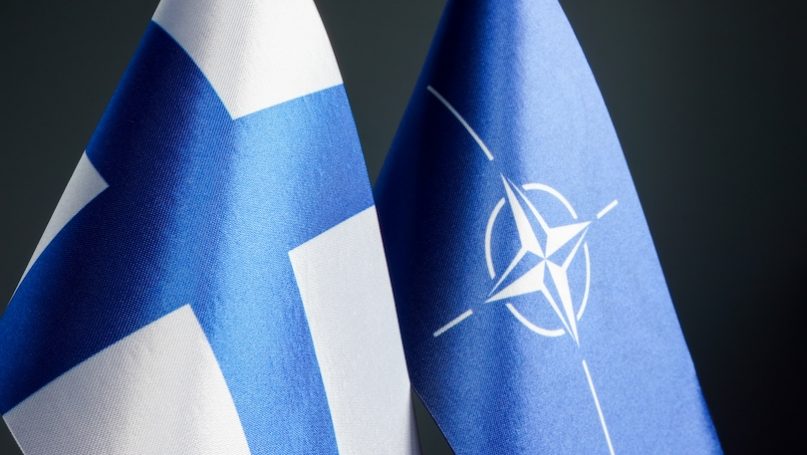SULTAN AL JABER

ABU DHABI – Record growth in renewables, representing over 80% of all new power-generating capacity last year, is the clearest sign yet that the energy transition is gathering pace. But recent events have shown that unplugging the current energy system before we have built a sufficiently robust alternative puts both economic and climate progress at risk – and calls into question whether we can ensure a just transition that is equitable to all.
A successful energy transition must be built on progress for the economy and the climate together. It must be based on scientific, economic, and engineering facts, appreciate the multiple dilemmas and challenging trade-offs, and accelerate the deployment of practical solutions. And for that, we need an inclusive approach that leverages the experience of all sectors of society and, critically, does not exclude the energy sector.



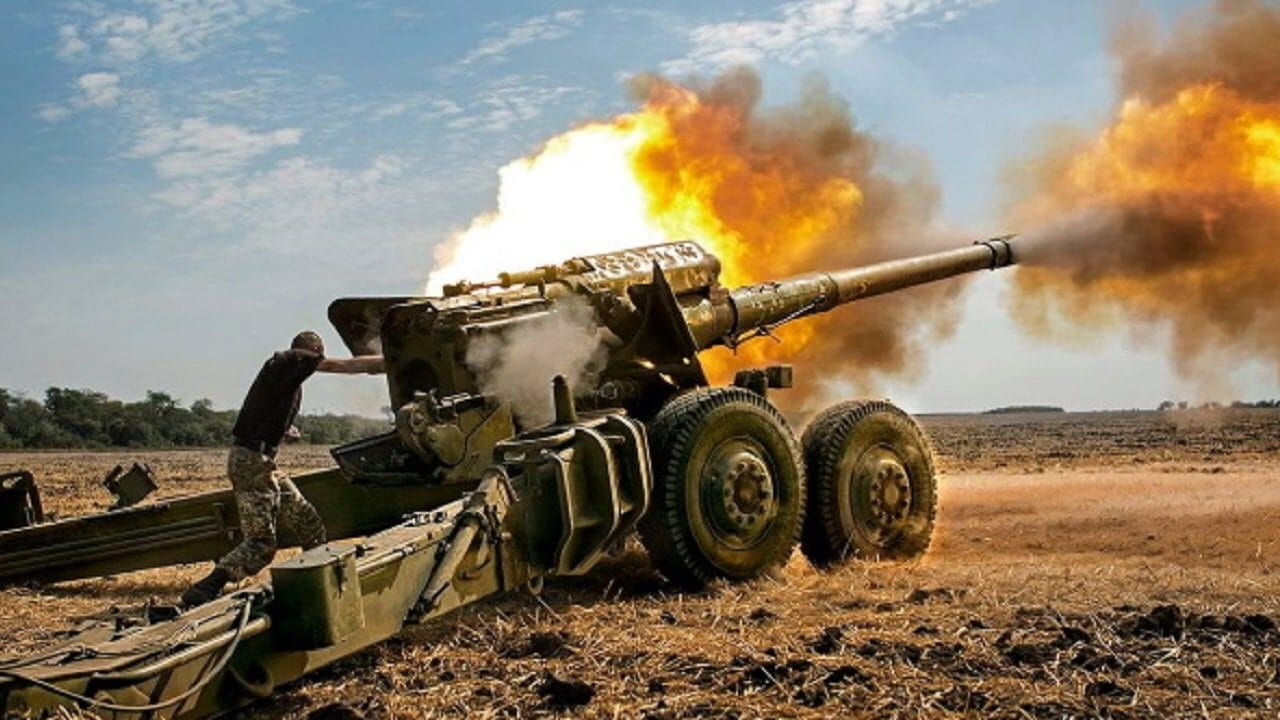

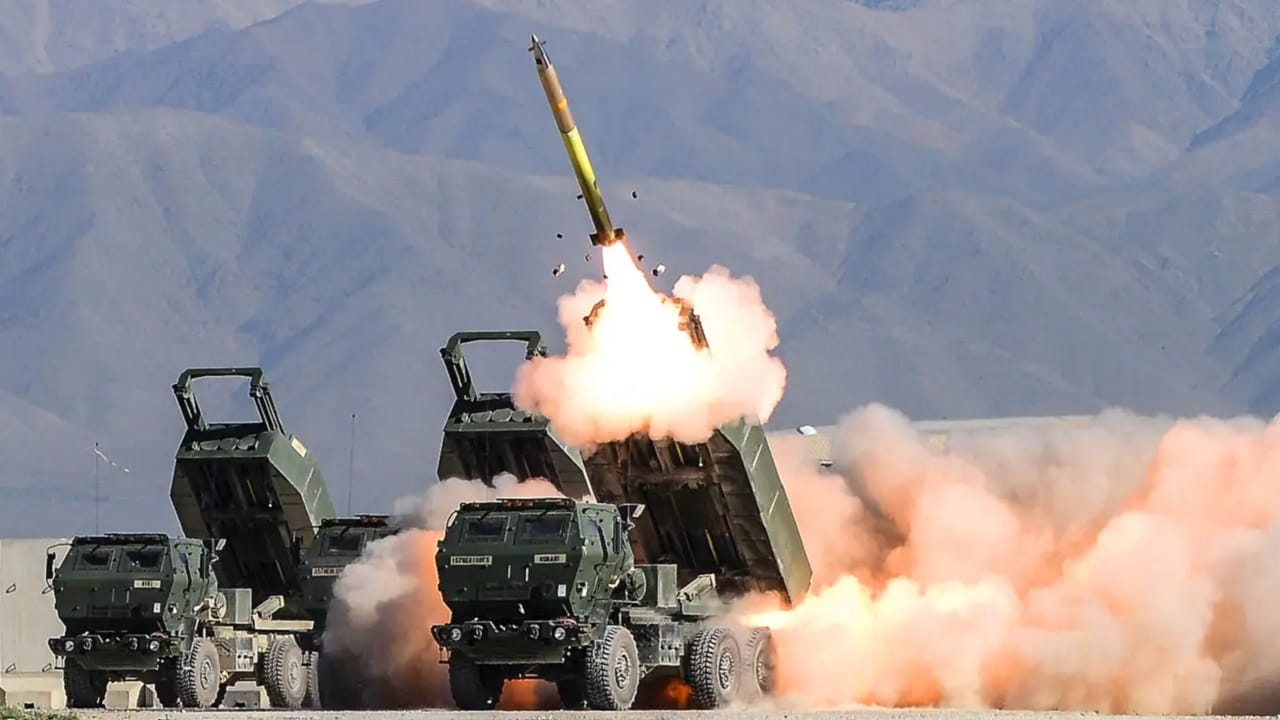


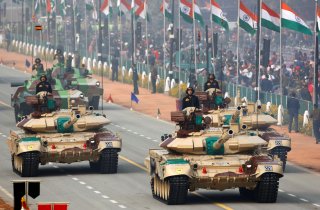




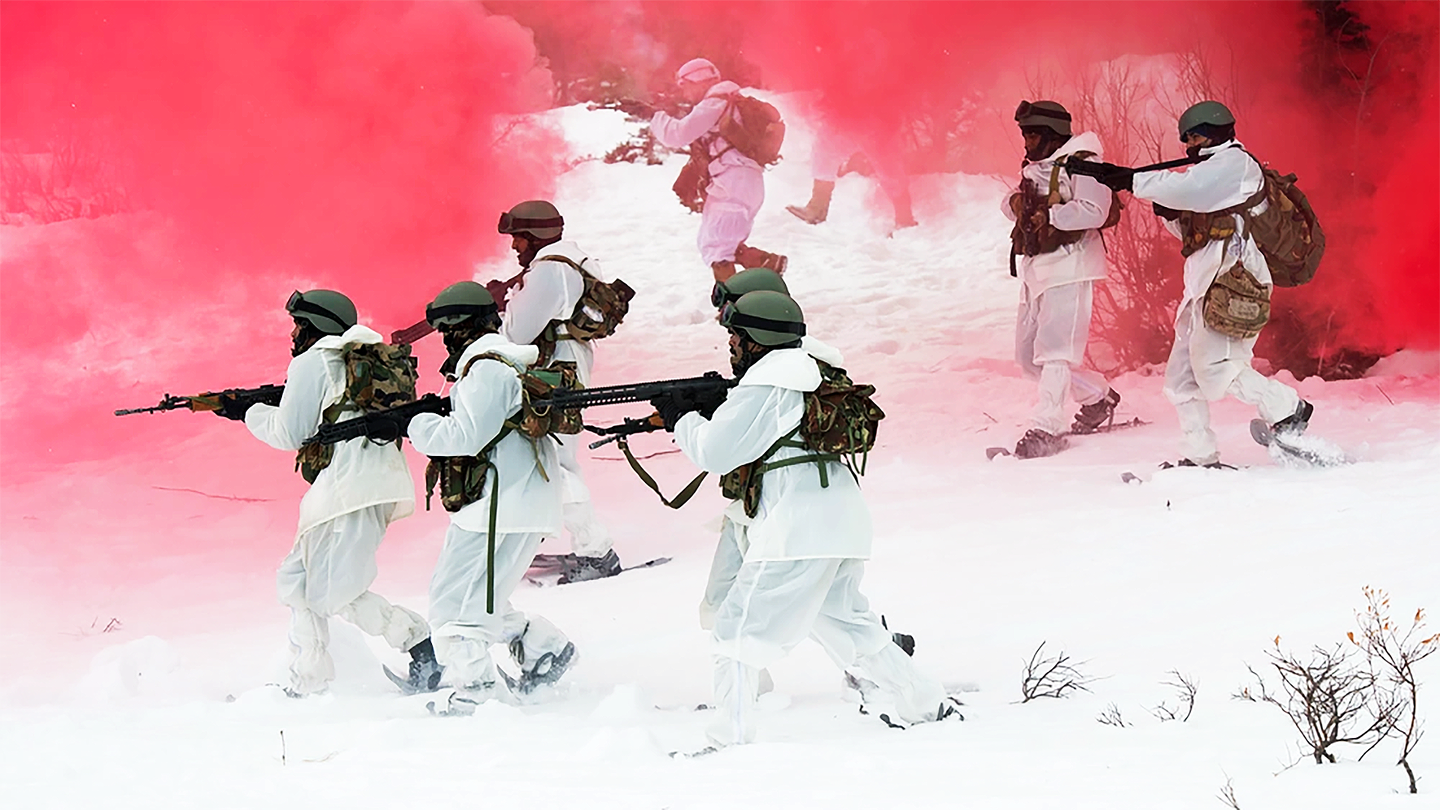

:quality(70)/cloudfront-us-east-1.images.arcpublishing.com/archetype/ACYXR7BRYJAENGVG2HQ5HRLYNE.gif)


